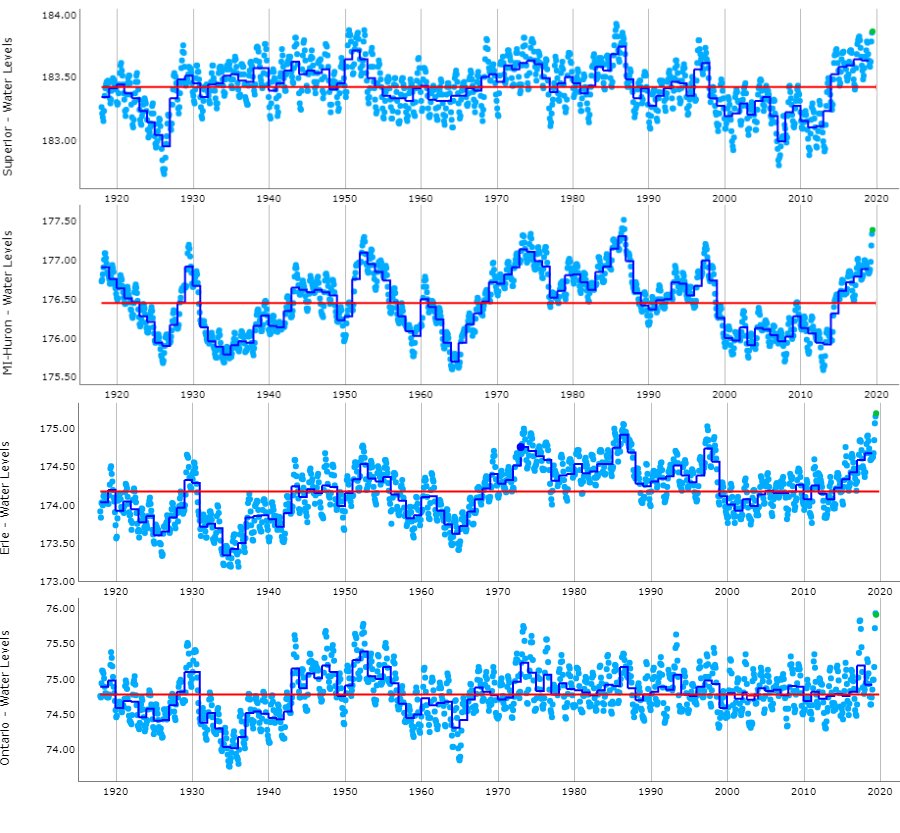
(graph from study being discussed)
For some time, climatologists have accepted the fact that from about the year AD 1000 to AD 1200, the temperature of the Northern Hemisphere was unusually warm. In fact, most studies indicate that it was warmer than it is today. This period of warm temperatures has been referred to as the “Medieval Warm Period,” the “Medieval Climate Anomaly,” or the “Medieval Climate Optimum.” A few hundred years later, the Northern Hemisphere experienced cooler-than-normal temperatures, and that part of earth’s history is sometimes called the “Little Ice Age.” Many climatologists argue that both the Medieval Warm Period and the Little Ice Age were limited to the Northern Hemisphere. However, a series of studies indicate that these periods of extreme temperatures were experienced worldwide.
I just recently became aware of these studies because the latest one appeared in my news feed. This study used the results of climate proxy data from 60 different sites. If you aren’t familiar with that term, it refers to data that scientists use to attempt to understand climate conditions of the past. Tree rings, for example, are sensitive to temperature and precipitation, so it is thought that we can use them to determine past climate conditions of the region where trees have been growing. Many climate-sensitive things like recorded harvests, coral growth, pollen grains, etc. can be used as climate proxies. The more climate proxies you have for a given region, the more likely you are to be able to determine the local climate conditions over the times for which you have those data.
As I said, the study used proxy data from 60 different sites to reconstruct the temperature of Antarctica over the past 1500 years. The overall graph from the study is given above. As you can see, according to the study, Antarctica was significantly warmer from AD 500 until AD 1250 than it is today. The pink region is the time over which the Northern Hemisphere experienced the Medieval Warm Period, and as you can see, the study’s data indicate that Antarctica was experiencing warmer-than-average temperatures as well. You can also see that those temperatures then fell over the next 750 years or so, producing colder-than-average temperatures. Thus, Antarctica seems to have experienced both the Medieval Warm Period and the Little Ice Age.
Continue reading “Data Indicate That Earth Was Warmer in The Middle Ages”






